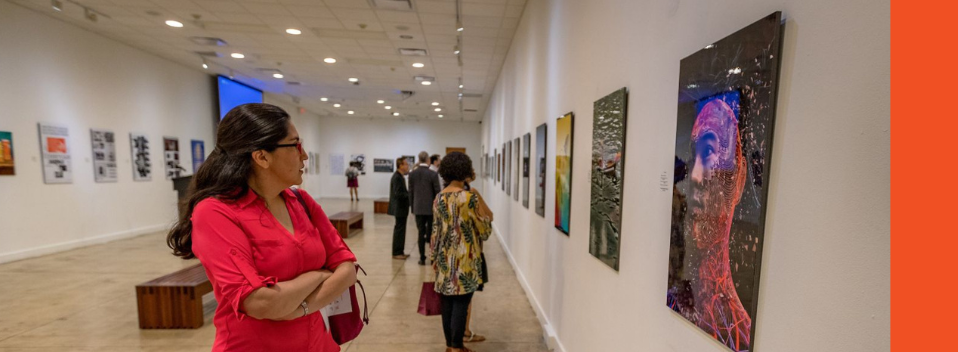
School of Art & Design Faculty Publications and Presentations
Document Type
Article
Publication Date
11-2012
Abstract
Propaganda models recommend the use of familiar media, such as existing local or national newspapers and magazines, because target audiences are inclined to trust them more than newly established and untried publications. It is assumed that if the media cannot be used or needed to be supplemented with a more directly controlled and plentiful message, then the propagandist could not do any better than to replicate their formats. By reproducing the tested design and mode of information delivery of these trusted conduits, the sponsor of propaganda capitalizes on existing readings habits and this increases the likelihood of attaining his or her objectives.1 This is perhaps the reason why in 1941, the Coordinator of Inter American Affairs (CIAA), headed by Nelson A. Rockefeller (NAR), began the publication of a monthly pictorial magazine, titled En Guardia. J. C. Stark, the En Guardia editor, explained in a small article published in Printers Ink that the idea for the magazine came about in 1941 as part of the CIAA information program designed to convince Latin American nations to support the allied side of World War II. The concept called for a large illustrated monthly, based on the format of Life magazine, on the United States industrial and military developments, “always emphasizing the topic of hemispheric defense and the common interest of all the Americas.
Recommended Citation
Carlos De Souza. "Para la defensa de las Americas: The Pictorial Magazine En Guardia in Nelson A. Rockefeller’s Propaganda Campaign for Latin America during World War II," Rockefeller Archive Center Online (November 2012)
Publication Title
Rockefeller Archive Center Online

